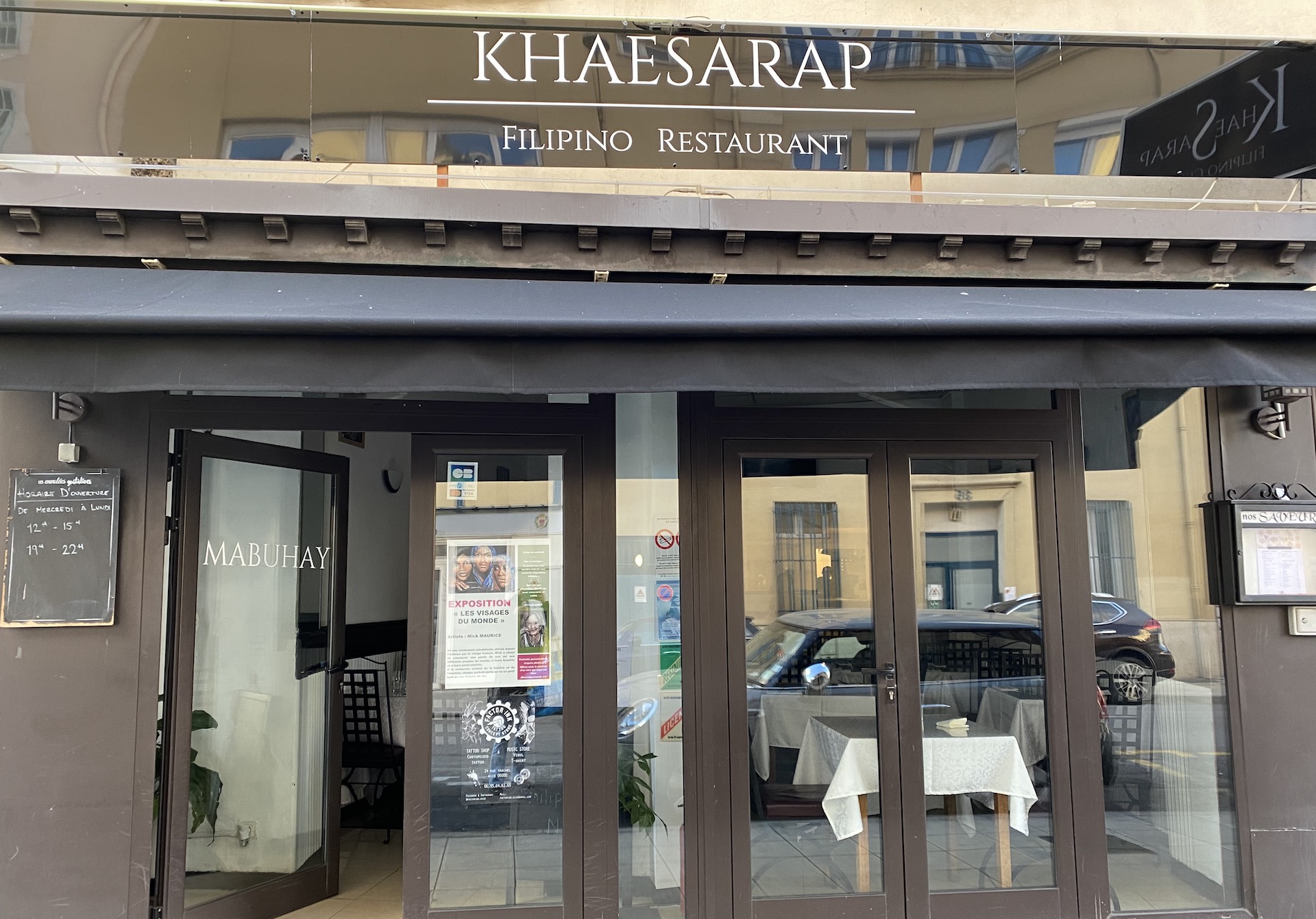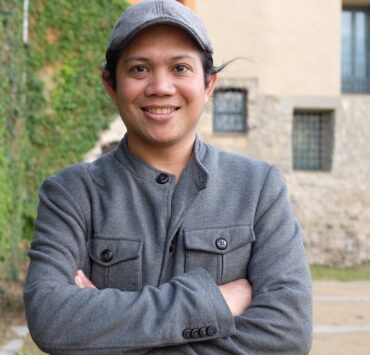Khaesarap, a Filipino restaurant in Nice, France is introducing not only Filipino food but the spirit of sharing and togetherness to the French.
On a cold winter night in Nice, France, I had a Bumble BBF dinner date with a Filipina-American who was traveling around Europe. She was homesick for some Filipino food while I came with an intense craving for their lechon kawali, so I invited her to try Khaesarap, a newly-opened Filipino restaurant in the South of France. Their Instagram photos make one’s mouth water on the spot and dream of the last time you had a bite of this crispy juicy goodness back home.
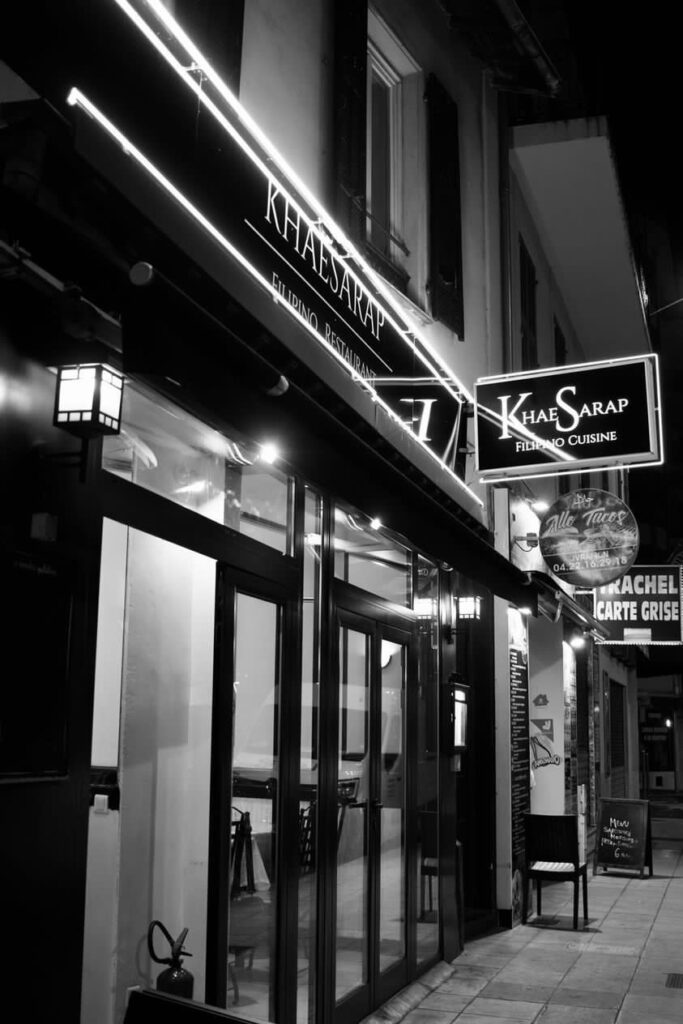
Khaesarap is a few minutes’ walk from Nice’s main train station, tucked in a quiet, residential neighborhood. The interiors are minimalist and elegant, predominantly white with touches of black. A closer second look reveals details that make you feel like you’re in a restaurant in the Philippines. The white jacquard tablecloths. The utensils on the table are fork and spoon only, no knife. Overhead, a large TV hangs. “Do you think they have karaoke?” My friend asked excitedly. We’d have to find out. On the walls are framed paintings of Jose Rizal, Whang-od, and Emilio Aguinaldo. There’s a cheery chorus of laughs and Tagalog. Mika, one of the owners, is armed with her pen, paper, and a big smile, ready to take your order.
Young and Driven
Khaesarap, which opened in September 2022, is the brainchild of a young Filipino couple, Mikaëla Magpantay (26) and Rico Paul Fabroa (31). Soon to be joining them as the assistant chef is Mark Lee Fabroa, Paul’s younger brother.
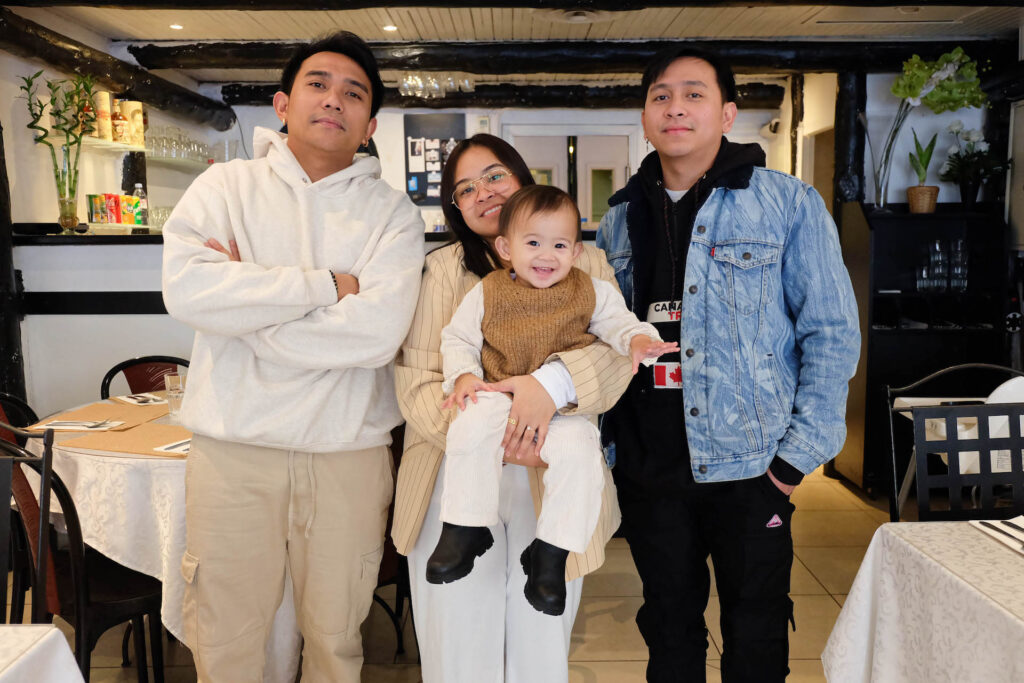
Mika was born and raised in France but she’s extremely close to her Filipino roots; the proof is in her flawless Tagalog and extensive knowledge of Pinoy culture and quirks. She puts her marketing degree to work in their business, taking care of communications and advertising. Paul is the main chef, in charge of orchestrating the menu and making sure the beef pares, sisig, kinilaw, and other classics are always perfect. The brothers are originally from Tuguegarao and moved to Milan, Italy at ages 18 and 17 to join their parents working there.
Paul started cooking when he was a child, then it quickly became a lifelong passion for him. Since arriving in Italy, he has worked in restaurants, experiencing all roles except for one: that of being a manager. Mark worked as a sushi chef in Italy and was reluctant to make the shift from preparing raw fish to handling hot sizzling pans. Today, he says he can’t wait to be part of a team that introduces Filipino cuisine to the French.
“We want to do two things: satisfy our kababayans’ cravings for Filipino food and introduce the French to our cuisine. We want them to really get to know the authentic, home-style version of it.”
Rico Paul Fabroa, Khaesarap Owner
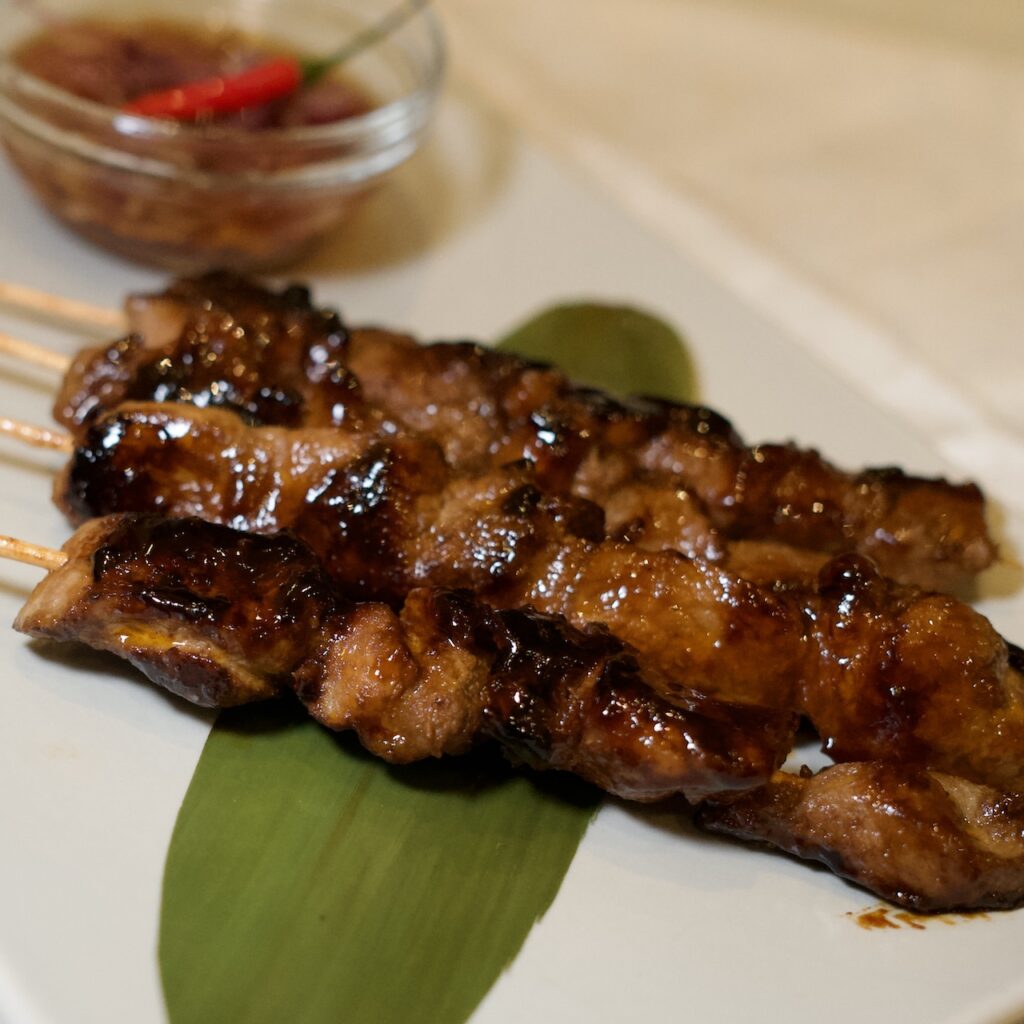
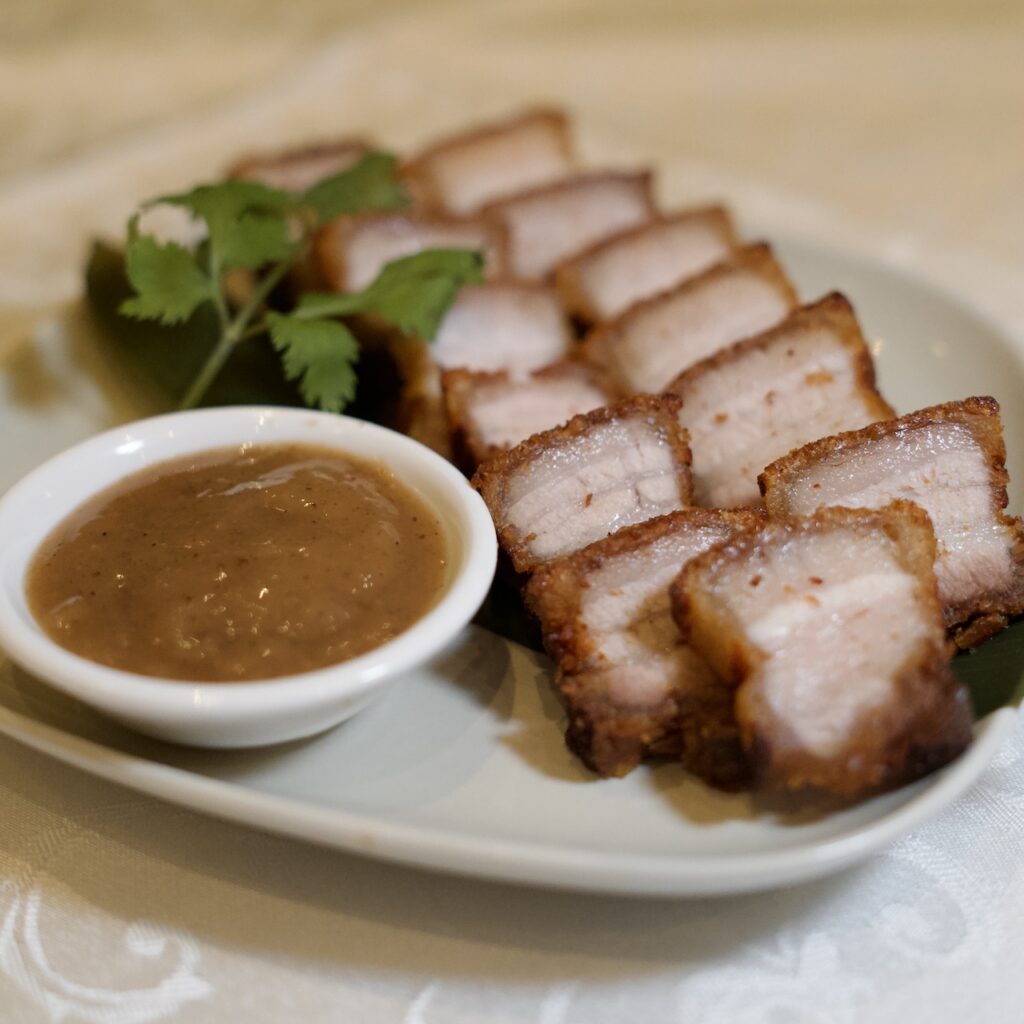
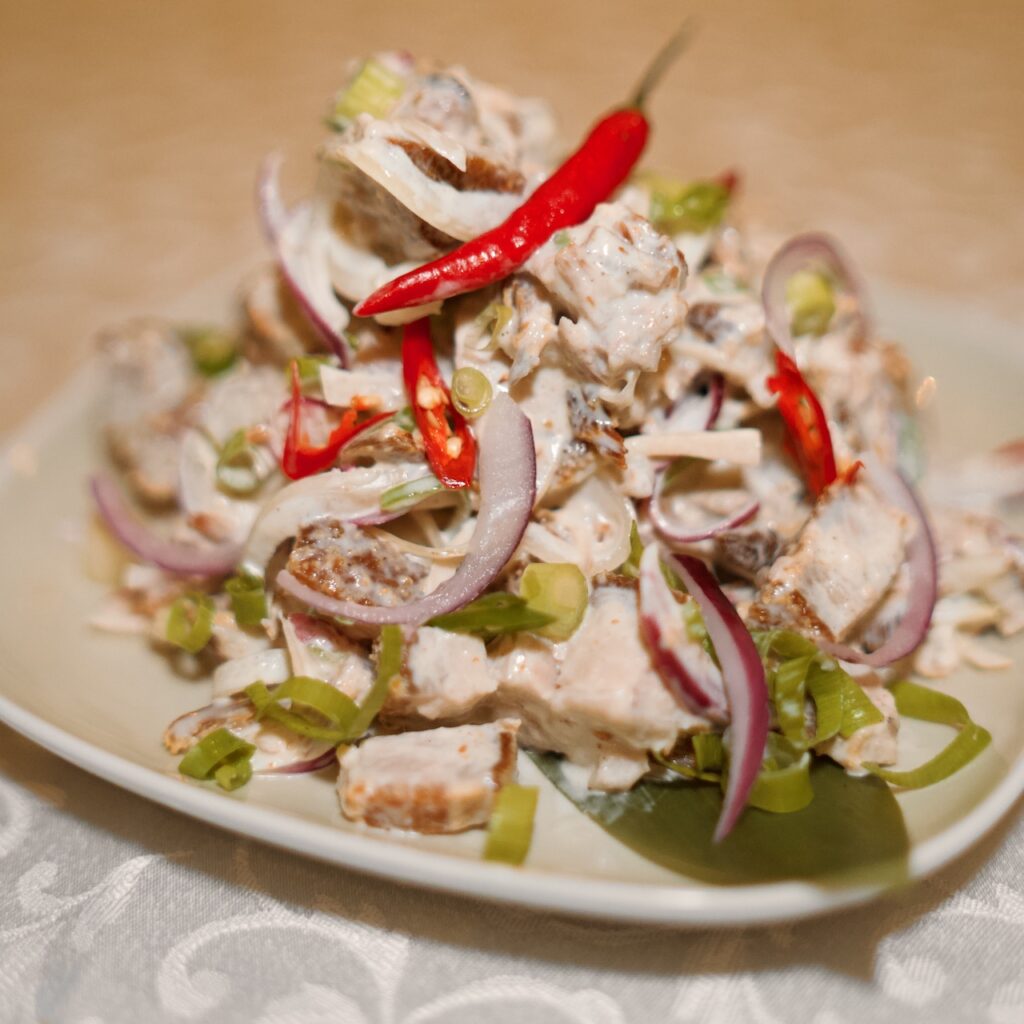
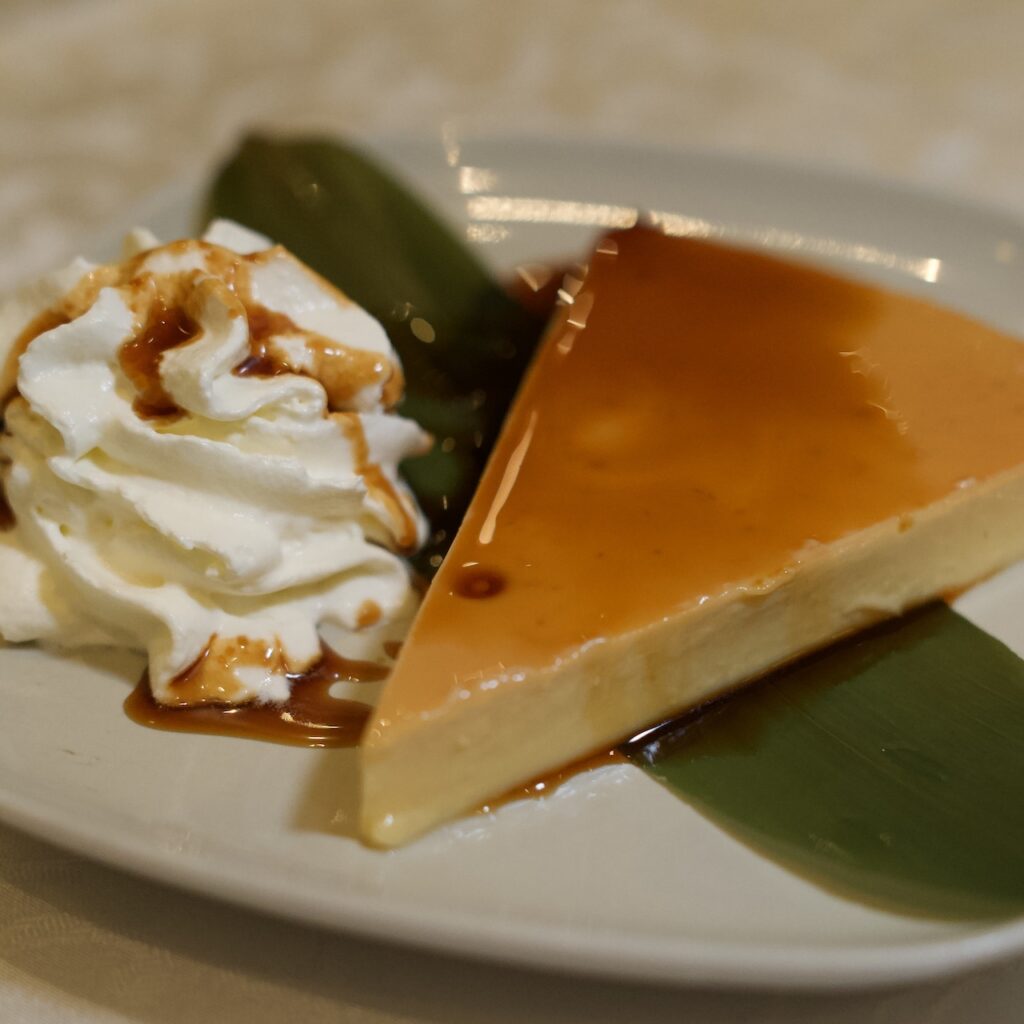
Inspired by Milan
While living in Milan, Paul was amazed at how the number of Philippine restaurants grew over the years. From one restaurant to a few, to now over a dozen of them. When he came to France to be with Mika, he saw that there was very little Filipino culinary representation.
“I was inspired by the Filipino food scene in Milan and I hope we can do that here in France, especially in the region. We want to do two things: satisfy our kababayans’ cravings for Filipino food and introduce the French to our cuisine. We want them to really get to know the authentic, home-style version of it.”
With Mika’s business and marketing know-how and the brothers’ talents for cooking, they thought that opening a restaurant as a family would be a viable idea. They may be young but they know what they are doing. The restaurant interiors, presentation and quality of the dishes, customer service, the website, down to their business cards are all well thought-out and carefully executed. Everything is “impeccable”, as the French like to say.
Passion and Action
Age has not been an obstacle in realizing their dream of opening a Filipino restaurant in one of Europe’s glitziest cities. The secret? “Passion and action,” Paul says. “It wasn’t always easy and we faced challenges during location hunting that almost made us give up. But if you have enough passion, you’ll do your best to find a solution to make it work.”
Family is also an important factor in their success. It’s their source of inspiration and support system. Mika and Paul named their restaurant after Khaelle, their lively two-year-old kid. Mika’s parents help take care of Khaelle while the couple works, allowing them to maintain a healthy work-life balance.
They love the creative freedom that comes with being an entrepreneur but admit that owning a business comes with a lot of pressure- to be consistent, to make a good impression, and to ensure the stability of the business.
“It’s not always good times, and there have been some days that we don’t have any customers at all. The important thing is to stay positive, use that time to be productive, and remember there’s always tomorrow!”

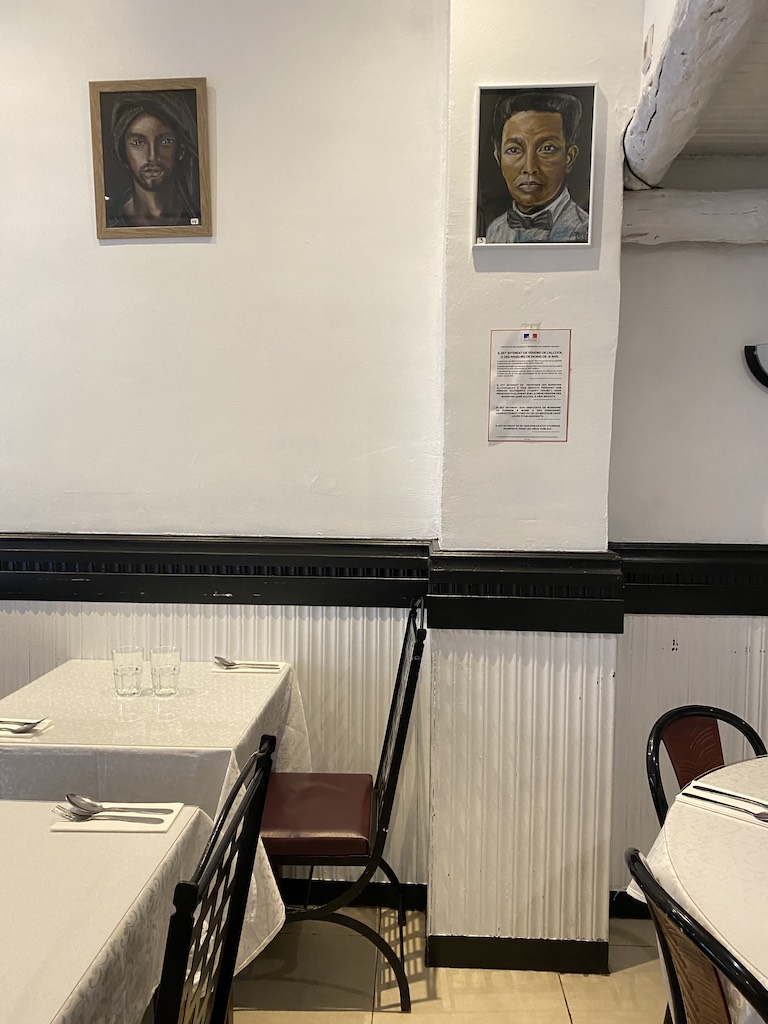
“It’s not always good times, and there have been some days that we don’t have any customers at all. The important thing is to stay positive, use that time to be productive, and remember there’s always tomorrow!”
Rico Paul Fabroa, Khaesarap Owner
Both agree that the best reward for all the challenges is to see customers go home satisfied. They get a mix of Filipinos and French diners, with many becoming repeat clients. They already have over 50 5-star reviews on Google, an impressive feat for a newly-opened restaurant.
Mika says the superstars of the menu are the kare-kare and lechon kawali. For those uninitiated to Filipino cuisine, Mika would recommend our national dish, adobo, and get praise for it. They have three words to describe Khaesarap’s food: it’s siksik (generous), authentic, and homemade. After eating there on several occasions, I firmly agree.
“Sometimes, French customers look for bread. I explain to them that we don’t serve it on the side because we want to offer an authentic Philippine dining experience.”
Mikaëla Magpantay, Khaesarap Owner
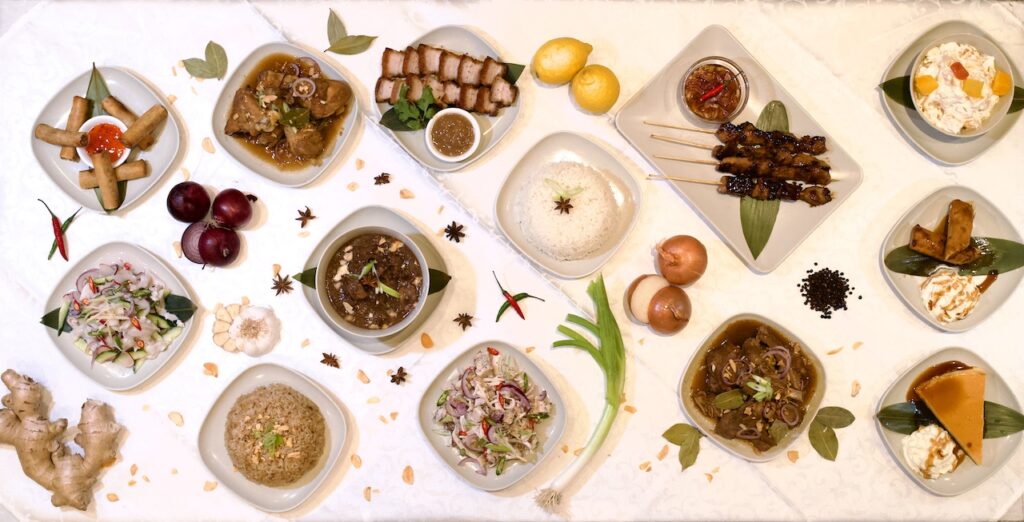
A Cultural Experience
There are stark differences between French and Filipino cuisine. Mika, who grew up with the best of both worlds, describes some of these. For everyday meals, the French prepare meals “à la minute”, or on the spot. Philippine food involves advanced prep because many dishes need to be marinated. The famous baguette is a French mealtime staple, but at Khaesarap, don’t expect a bread basket on your table.
“Sometimes, French customers look for bread. I explain to them that we don’t serve it on the side because we want to offer an authentic Philippine dining experience, says Mikaëla.
Even the ways we eat are different. In French restaurants, you order a “plat” or a meal for yourself, and sharing food isn’t common practice. In contrast, Filipino meal times are all about openness and exchange. “Simply sharing your plate of food with someone opens up the vibe and invites conversation, offering a more convivial experience. We want to give foreigners a glimpse into this as well, so we encourage them to order for sharing if they come in groups,” she adds.
Portals to home
Filipino restaurants are a boon for kababayans living abroad. They’re temporary portals to home, transporting us back to Lola’s kitchen, barangay fiestas, or our favorite carinderia. And of course, nothing beats the am- biance of being in a room filled with the chatter of a familiar language and that laughter that Filipinos are known for.
“Simply sharing your plate of food with someone opens up the vibe and invites conversation, offering a more convivial experience. We want to give foreigners a glimpse into this as well, so we encourage them to order for sharing if they come in groups.”
Mikaëla Magpantay, Khaesarap Owner
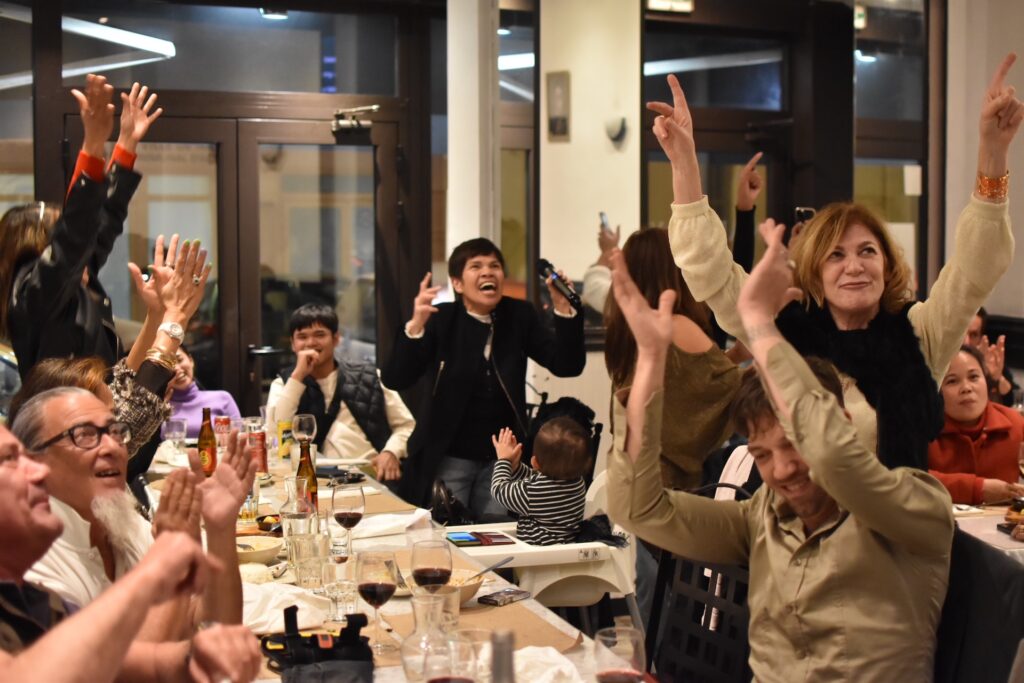
That night at Khaesarap, my friend and I were not disappointed. The lechon kawali was perfect. Crispy on the outside, light and juicy on the inside, dissolving on the tongue. The lumpia was siksik, perfectly rolled, and golden. The adobo hit the spot with its tangy garlic-y goodness. We wanted to order one dessert each, but we were full thanks to the copious servings of the entrées. We stayed reasonable and shared a leche flan instead. The leche flan was creamy smooth, sweetened just right, and covered with a warm, rich caramel syrup. We thought there couldn’t be a more perfect ending to a meal.
But shortly after, it looked like my friend’s earlier wish was about to come true. Mika turned the TV on and brought out a microphone. Videoke time! We capped the night off by belting out some OPM hits, hoping we didn’t disturb the peaceful neighborhood too much. The perfect soirée à la Philippine.
This article was first published in TFEM’s Spring 2023 Issue
What's Your Reaction?
Francine Alessandra Vito is a writer, serial thrifter, and an advocate for the slow living lifestyle. You can find her sustainable fashion and lifestyle posts on her Insagram account, @francinealessandra17.

